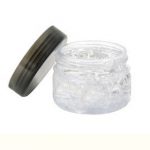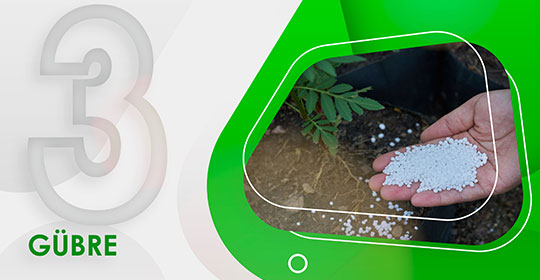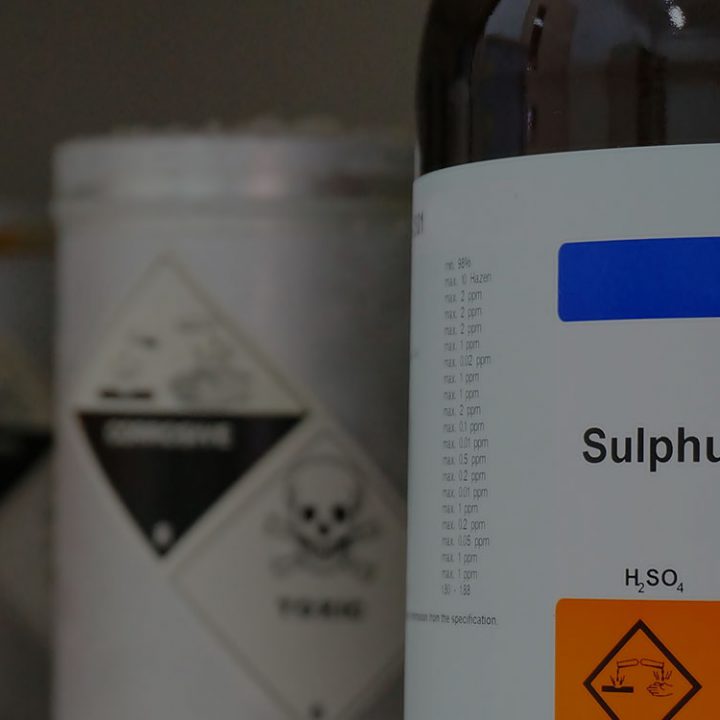GLICOLS
PEG
Poly ethylene glycols (PEGs) are a family of water-soluble linear polymers formed by the addition reaction of ethylene oxide (EO) with mono ethylene glycols (MEG) or diethylene glycol. Generalized formula for polyethylene glycol: H(OCH2CH2) n OH N: Average number of repeating ethylene oxide groups. There are many grades of PEG that represent them according to their average molecular weight. For example, PEG 400 consists of a dispersion of polymers of varying molecular weights, corresponding to the approximate average number of EO groups (n) of 400 repeats. Polyethylene glycols are available in average molecular weights ranging from 200 to 8000; this wide range provides flexibility in choosing features to meet the needs of many different applications.
TDS
Synthesizing agents: TRIETLENEGLYCOL can be used as synthesis intermediates. Triethyleneglycol esters containing fatty acids (oleic, stearic, lauric etc.) are used as emulsifiers and plasticizers of polymers.
Brake fluids: TRIETİLENEGLIKOL can be used as a secondary solvent in brake fluid formulations. This product is also used to prevent excessive swelling of the rubber in the hydraulic system.
Other uses: Ethyleneglycols can also be used in the formulation of printing ink, the treatment of gases, the formulation of fire-resistant hydraulic fluids, the formulation of cutting oils, the formulation of surface polishes, the formulation of agrochemicals. , in the extraction of solvents, in the manufacture of pigmented pastes and pastes for walls, and in the synthesis of explosives.
Storage conditions : Under nitrogen blanket and at ambient temperature.
Packaging : In Bulk or 220 Liter (net: 220 Kg) new drums, each 4 barrels wrapped on a pallet.

GLICOLS
To order this product, proceed from the order registration link or contact us at the contact numbers.
FOR ORDER| PROPERTY | TEST METHOD | UNIT | VALUE |
| Mass density (23 C) | ISO 1183 | g/cm3 | 0.945 |
| Melt Flow Rate (190 C/5.0kg) | ISO 1133 | g/10min | 0.45 |
| Melt Flow Rate (190 C/21.16 kg) | ISO 1133 | g/10min | 12 |
| FRR(21.6/5) | – | 27 | |
| Stress at Yield | ISO 527 | Mpa | 22 |
| Flextural Creep Modulus (4point,1min) | DIN 19537-2 | Mpa | 950 |
| Tensile Modulus(23 C,v=1mm/min,secant) | ISO 527 | Mpa | 850 |
| Stress at Break | ISO 527 | Mpa | 35 |
| Elongation at Break | ISO 527 | % | >850 |
| Elongation at Yield | ISO 527 | % | 8 |
| Softening Temperature | ISO 306 | C | 67 |
| Brittle Temperature | ASTM D746-72 | C | <-80 |
| shore D hardness | ISO 868 | 60 | |
| ESCR in full notch creep te2 (80 C,2%Arcopal) | ISO CD 16770 h@4.0Mpa | 50 | |
| Impact 2rength (23 C) | ISO 179/1eA | Kj/m2 | 23 |
| S4 Te2 (RCP) | ISO DIS 13477 | bar | PC >3 |
| Notch Te2 (SCG) | ISO DIS 13479 | Mpah@4.0 | >250 |
| Hydro2atic 2rength te2 (80 C) | ISO 1167 | Mpah@4.6 | >1000 |
| VN | – | Cm3/g | 300 |













